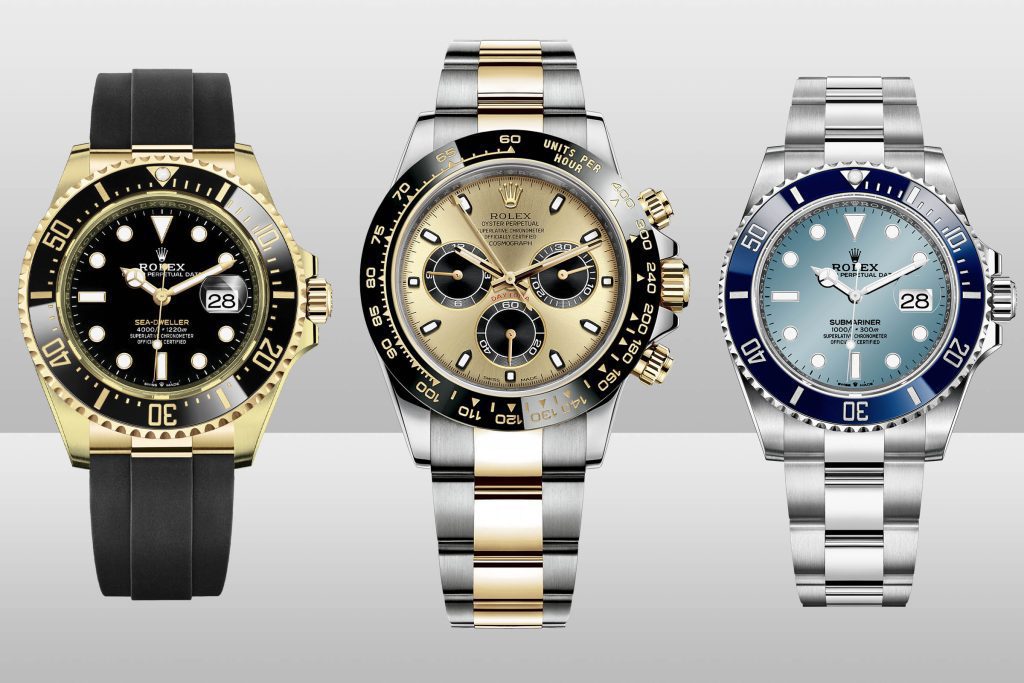One of the most popular professional fields is fashion design, which calls for a creative mindset. So, if you love to sew, love to watch fashion shows, want to design outfits, and want to revolutionize the fashion industry, now is the time to make your dream a reality. Let’s take a look at how to become a successful fashion designer. Now is the moment to pursue your goals.
What do designers do?
Fashion designers create, and design clothing and accessories. High fashion, ready-to-wear clothing, mass-market clothing, sportswear, evening wear, accessories, or footwear could all be fields of specialization for them. Designers research upcoming trends in fashion to produce designs. Fashion designers generate sketches, assess textiles, and produce a prototype at the start of a design project.
Fashion is more than simply what you wear; it’s also how you wear it and the visual story it tells. It is your responsibility as a designer to create items that other people would like wearing. A design idea may come to you during the exploratory process of sketching, choosing fabrics, or revising your first muslin, but as you choose models, make decisions regarding hair and makeup, or organize how to display your collection on the runway, your inspiration may change.
Successful fashion designers rise through the ranks. Many people start improving their skills before enrolling in a fashion program. Future designers can increase their chances of admission to exclusive fashion programs by learning to sew, keeping up with the latest trends, and using design software. After completing their degrees, designers usually work as stylists, fashion buyers, and assistants to well-known designers. These positions help designers in network and skill development.
What Skills Are Required for Successful Fashion Designers?

Every person has a certain set of abilities. To be successful fashion designer, you must have the skills listed below.
Creative and artistic talent:
Natural talent is the most crucial quality for any artist or fashion designer. You want people to be able to identify and understand your art. Before switching to the fashion industry, many fashion designers worked as architects, graphic designers, or in other related disciplines. Many artistic abilities are natural and cannot be taught, but you can develop your skill set via regular practice and formal instruction.
Deciding a niche
All aspiring fashion designers strive to create designer clothing and believe that creating expensive clothing will help them break through. However, that is not true. Additionally, there is much more available than designer fashion. Marketplaces have expanded greatly, and if you are exceptionally talented, you may be able to access a completely new realm. As you progress in your fashion designing degree, internship, or job, you should gradually begin to consider a niche based on your interest.
Analyzing Customer Needs by Identifying Industry Gaps
You can’t have your foot in two boats at once, so pick one first and do a ton of study on it. Men’s wear, women’s wear, children’s wear, sports, bridal, athleisure, or a combination of two or more could all fall under this category. To better grasp the demands of your niche and determine whether there is room for you to enter, you must delve deeper. However, determine opportunities for where and how to introduce your collection if there is a gap. This pre-production requires extensive brainstorming. If it did well that is the first half of the victory.
Fashion Marketing
Understanding pricing strategies based on the production costs and overheads involved is a fascinating and crucial component of becoming a successful fashion designer. Consumer buying behavior, pricing, and the economics of running a successful fashion business are all important factors for fashion merchandising. Being passionate is one thing, but operating a business is a whole other level and not for everyone.
Market strategies
Whether you decide to pursue fashion design after your degree or go in a different direction, you need to be aware of the various skills. Designing dresses is one thing, but it’s as crucial to understand market dynamics and have a launch strategy. Your firm will grow if you are aware of the pulse of your market and clients.
So, all that’s left to do is carry out your action plan. Make your imprint in the fashion industry by selecting a niche and understanding the type of customer you want to serve.

